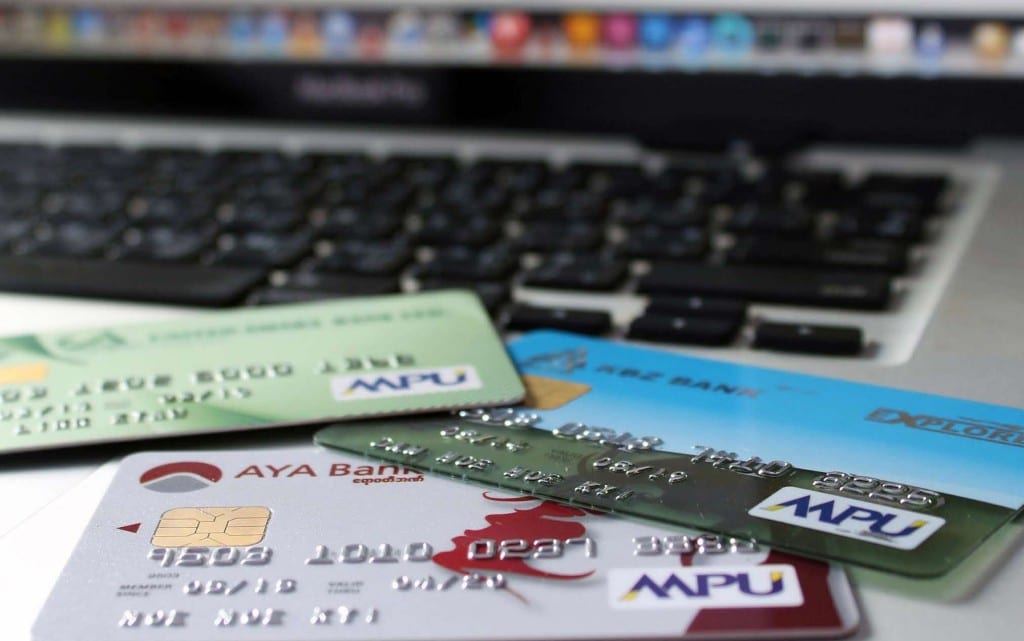

Card payments in Myanmar are set to rise over the next few months as local shops and supermarkets sign up to Myanmar Payment Union, signalling the beginning of a shift in one of the world’s last cash-based economies.
MPU got off to a slow start when it launched in 2012, but with the rise of connectivity, this is starting to change. Card transactions jumped from K40 million in September to K70 million in October, said MPU chair U Mya Than.
Growth is driven by the participation of large retail chains, he said.
Myanmar’s largest supermarket group City Mart Holding began accepting MPU payments in April, and now gives customers the option to pay by card in seven of its 20 outlets.
Last month, Capital Diamond Star Group introduced card payments for the first time at its Capital Hypermarket stores.
City Mart spokesperson Daw Khin May Day said the group’s decisions depend partly on the availability of infrastructure and the internet connection.
“For customers holding MPU cards, this is one additional payment type, but usage is still quite low as a percentage of total payments,” she said. If the connection cuts out, shoppers pay in cash.
City Mart has plans to accept additional types of payments and currently offers Visa and MasterCard services in three of its stores, she said.
“We are aiming for a totally cashless society, but some customers and retailers are not ready for this yet,” said U Mya Than.
The network will widen quickly with greater participation from shopping centres, he said, adding that most small retailers still prefer to take cash.
Retail outlets in a new shopping centre being built by Shwe Taung Group of Companies in downtown Yangon will also accept card payments, he said. A Shwe Taung spokesperson said they were not ready to make an official announcement.
Myanmar Information Technology is supporting MPU to help develop software, computerised systems and better connection lines, according to U Mya Than. The arrival of foreign operators such as Norway’s Telenor, Qatar’s Ooredoo and Japan’s KDDI has markedly improved connectivity, he said. In the past, disputes often broke out between customers and banks over faulty ATM machines, leading banks to install CCTV cameras to check if the connection had cut out.
Myanmar now boasts around 1.2 million card users, although less than 10 percent of its 51.4 million population has access to banking services.
Since October 2012, the number of point of sale, or POS, terminals in the three main cities – Yangon, Mandalay and Nay Pyi Taw – has jumped from 200 to 3000, and ATM machines now number 1600, from 20, according to MPU data. ATM transactions still outnumber card payments by 10 to one.
Banks first offered credit cards in May this year, while debit cards have been on offer since 2011. Fifteen banks issue MPU cards and another eight are preparing to issue them.
MPU recently signed an agreement with Japan Credit Bureau and China Union Pay to issue co-branded cards, which U Mya Than says he hopes will be introduced to the market before the end of the year.